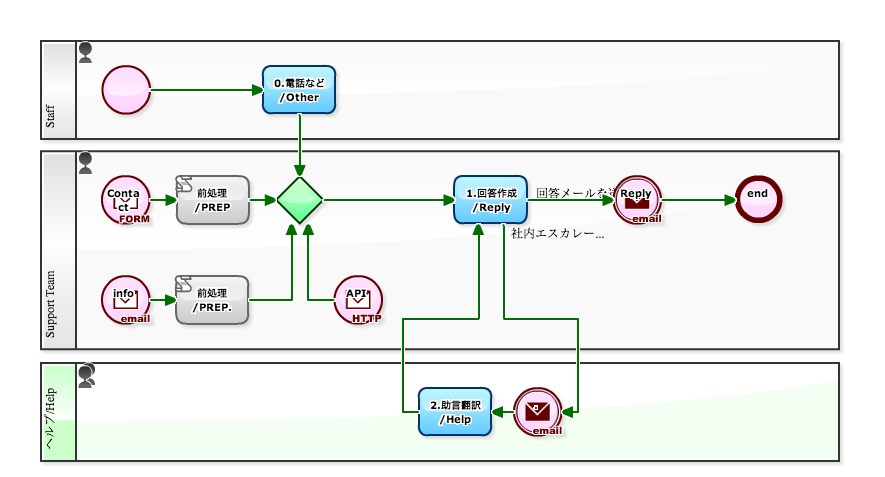Mining Rigs Leasing: Deduction Strategies
페이지 정보

본문
Mining rigs leasing has become a popular way for both small‑scale and large‑scale cryptocurrency operators to access the latest hardware without committing to large upfront capital expenditures.
Although operating advantages are evident, the tax and deduction environment can be intricate.
This guide outlines essential deduction strategies that enable you to retain more profits while adhering to IRS directives and state laws.
- Grasping the Lease Type
• Operating leases are regarded as rental costs and fully deductible when paid.
• Capital leases are treated like asset purchases, with depreciation and interest deductions distributed across the lease duration.
• Lease Term Length: Shorter durations (commonly 12 to 36 months) are usually deemed operating leases.
• Longer durations may result in capital lease treatment.
• Work with your leasing provider to structure the lease so that it meets your intended tax profile.
- Deduct Operating Lease Payments in Full
• This approach can considerably shrink your taxable income each year.
• Document every payment meticulously, including the lease agreement, receipts, and related service contracts.
• These records are crucial for defending against audits.
- Depreciate Capital Lease Assets
• MACRS allows you to recover the cost over five or seven years, depending on the asset type.
• Section 179 expensing can also be applied to the cost of the rig, allowing you to write off the entire cost in the year you place the asset in service—up to the annual limit ($1,160,000 for 2024, phased out at $2,890,000).

• This can provide a large upfront deduction, but it reduces your depreciation in later years.
- Distinguish Software and Power Costs
• Tax‑wise, you need to split the cost between the capitalized asset (hardware) and operating costs (software and power).
• Adopt a reasonable allocation method, like a cost‑plus strategy or a usage‑based division.
• Document the methodology and keep supporting invoices or utility bills.
- Leverage COGS Deduction
• Certain costs, such as electricity, cooling, and maintenance, can be deducted as COGS rather than ordinary expenses.
• Reducing gross profit margin via COGS can be advantageous in high‑tax states where gross profit is taxable.
• Ensure you maintain detailed logs of all mining‑related costs, including timestamps and usage metrics, to substantiate COGS claims.
- Claim Section 199 Credits
• Some states provide credits for energy efficiency upgrades or for using renewable energy sources in mining operations.
• Confirm eligibility—many credits necessitate proof of energy savings or specific hardware.
• Keep copies of any energy audits or certifications.
- Track and Deduct Maintenance and Upgrades
• Major upgrades—like replacing an entire GPU rack—can be treated as a new asset.
• If you purchase new units outright, they can be depreciated or expensed under Section 179.
• If part of a lease, upgrades might affect lease classification.
- Manage Lease Termination Costs
• However, if the penalty is structured as a refundable deposit, you may need to treat it differently.
• Re‑lease or upgrade to a newer model: If you upgrade to a newer rig during the lease, the new lease may be treated as a separate operating lease, giving you a fresh deduction stream.
- Keep an Eye on State and Local Incentives
• These incentives can drastically reduce the effective cost of leasing rigs.
• Keep in touch with local economic agencies or tax counsel to learn about incentives and satisfy reporting obligations.
- Keep Comprehensive Records
• Use a solid bookkeeping system that divides revenue, expenses, and depreciation.
• Adopt accounting software that manages mining complexities—hash rate, 法人 税金対策 問い合わせ power usage, and hardware depreciation.
- Future Planning
• Monitor proposed legislation that could impact mining expense deductibility.
• Select a tax plan that balances short‑term deductions with long‑term asset management.
• Opting for Section 179 expensing now versus spreading depreciation over years can influence cash flow and tax liability.
- Seek Professional Advice
• A CPA or tax attorney with experience in digital asset taxation can help you navigate lease classifications, depreciation schedules, and state incentives.
• They can project tax consequences of different leases, helping you pick the optimal structure.
By carefully structuring your mining rig leases and applying these deduction strategies, you can reduce taxable income, improve cash flow, and maintain compliance.
The takeaway is to treat every lease and expense with the same thoroughness as any capital asset—document, allocate, and monitor regulatory shifts.
- 이전글Aldridge Roofing & Restoration 25.09.11
- 다음글Genshin Impact: Strongest Weapon Choices For Jean 25.09.11
댓글목록
등록된 댓글이 없습니다.


